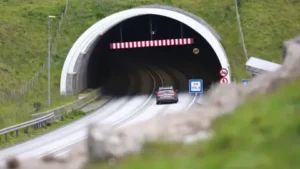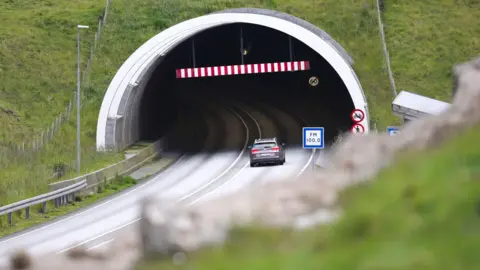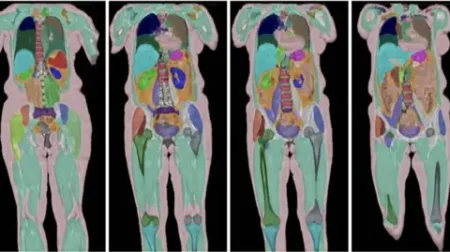The recent proposal for the construction of Faroese-style tunnels in the Shetland Islands has sparked discussions about the potential transformation in connectivity and the economic prospects for the archipelago. Aksel Johannesen, the Prime Minister of the Faroe Islands, has recently advocated for this infrastructure shift, emphasizing how such tunnels can rejuvenate island life by replacing old ferry systems with undersea passageways. The Shetland Islands Council is already advancing plans to create tunnels linking four outlying isles, including Unst, which sits at the northernmost point of the UK.
Johannesen states, “I think we have learned in the Faroe Islands that investment in infrastructure is a good investment.” This provides a compelling perspective, as it implies that financial input into building tunnels could yield significant returns, not just in terms of transportation efficiency but also in revitalizing the economy and community life on the islands. With a substantial budget projected for the tunnel project, the funding model appears to emphasize borrowing coupled with repayment through tolls—a structure that could offer a pioneering transport model replicated across other Scottish islands.
Moreover, this newfound focus on tunnels comes against criticisms aimed at Scottish politicians, who many feel have spent years contemplating tunnel proposals while the Faroese, located nearly 200 miles further into the Atlantic, have made tangible progress in this regard. Anne Anderson, a representative from Scottish Sea Farms, expresses her frustration, noting the significant contribution that Shetland makes to Scotland’s economy—the archipelago produces approximately one-quarter of Scotland’s salmon. She firmly advocates for the examination of the Faroese approach to infrastructure development, encouraging Scottish policymakers to adopt successful strategies from the Faroe Islands.
The Faroe Islands have a well-established network of tunnels, having constructed them since the 1960s. Currently, 23 tunnels connect 18 islands, with an impressive four of those being underwater. Notably, one of the most remarkable tunnels spans 7.1 miles and connects the islands of Streymoy and Eysturoy, housing the world’s only underwater roundabout. This impressive infrastructure development has dramatically reduced travel time between major towns like Tórshavn and Klaksvik, showcasing the benefits of such projects.
Tunnels have not only improved transportation but also enhanced the social and economic fabric of the Faroes, enabling residents to live in smaller communities while engaging fully with opportunities in urban centers. Professor Erika Anne Hayfield from the University of the Faroe Islands elaborates on their demographic impacts: “People can live and thrive in smaller settlements.” However, she also acknowledges the financial burden some tunnels impose, causing debate over funding priorities in sectors like healthcare and education.
In Shetland, the prospect of constructing tunnels is seen not as a luxury but a necessity for enhancing connectivity. Council leader Emma Macdonald highlights the importance of improving transportation links, noting that the archipelago, while seemingly remote, possesses vital economic interests, such as the UK’s only operational spaceport and a robust fishing industry. She believes that the tunnel initiative could be vital in compensating for the aging ferry services that currently dominate island transport.
The feasibility study authorized by the council indicates a strong commitment and a forward-thinking approach to revamping island connectivity. The strategy of employing tolls to fund such infrastructure reflects a pragmatic understanding of the fiscal challenges involved, reminiscent of the Faroese model. Residents have shown a willingness to embrace such changes, as illustrated by remarks from Elizabeth Johnson of Saxavord Spaceport, who supports the financial framework and its potential to stimulate local businesses.
Nonetheless, there exists a cautious optimism surrounding the project. Some locals express concerns regarding the possible erosion of island identity. Pat Burns, who owns a shop on Unst, initially feared tunnels would diminish the challenges that characterize island life. Yet, witnessing the impact of poor ferry services on supply and tourism has shifted her perspective, leading her to recognize the potential benefits of infrastructure improvements.
As Shetland navigates this significant infrastructure evolution, the dialogue surrounding tunnels underscores a broader narrative exploring how remote communities can harness innovative solutions to address contemporary challenges while maintaining their unique cultural identities. The experience of the Faroe Islands serves as an invaluable reference point as Shetland charts its course toward a more interconnected future.











